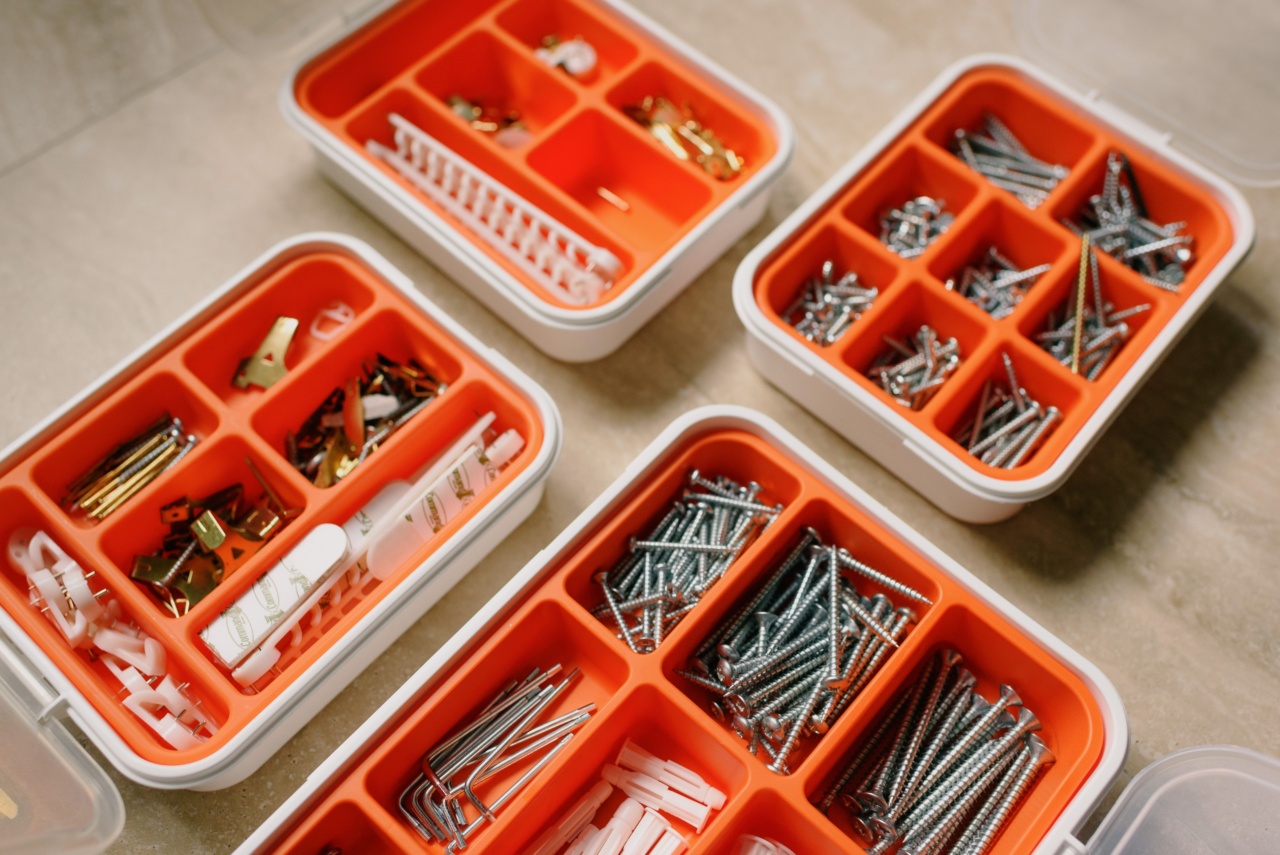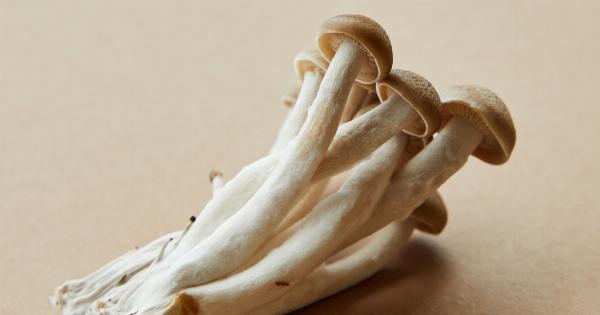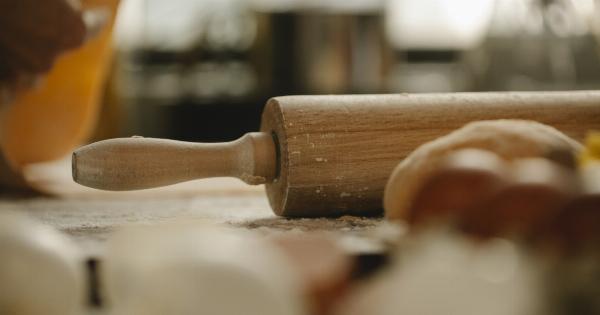Nail fungus, also known as onychomycosis, is a common condition that affects millions of people worldwide. It is caused by a fungal infection that can make your nails brittle, discolored, and thickened.
While there are various over-the-counter and prescription treatments available for nail fungus, many people prefer to combat it at home using tried and tested remedies. In this article, we will explore some effective ways to tackle nail fungus from the comfort of your home.
Understanding Nail Fungus
Before diving into the remedies, it’s crucial to understand what nail fungus is and how it develops. Nail fungus thrives in warm and moist environments, such as sweaty shoes or shower floors.
It can easily spread from person to person through direct contact or sharing personal items like towels or nail clippers. Once the fungus enters your nails, it can gradually invade the nail bed and cause an infection.
Signs and Symptoms of Nail Fungus
Identifying nail fungus early on is essential for effective treatment. Here are some common signs and symptoms:.
- Yellow or white spots on the nails
- Thickened and brittle nails
- Distorted shape or texture of nails
- Foul odor from infected nails
- Separation of the nail from the nail bed
Home Remedies for Nail Fungus
While it’s always recommended to consult a healthcare professional for a proper diagnosis and treatment plan, there are several home remedies that can help combat nail fungus:.
1. Tea Tree Oil
Tea tree oil, with its antifungal properties, can be an effective natural remedy for nail fungus. Apply a few drops of tea tree oil to the affected nails using a cotton swab. Leave it on for at least 15 minutes before rinsing off.
Repeat this process twice a day for several weeks to see noticeable results.
2. Apple Cider Vinegar
Thanks to its acidic nature, apple cider vinegar can create an inhospitable environment for nail fungus. Mix equal parts of apple cider vinegar and water in a bowl and soak your nails in the solution for 15-20 minutes.
After soaking, thoroughly dry your nails with a clean towel. Repeat this remedy daily until the infection clears up.
3. Baking Soda
Baking soda has antifungal properties and can help alkalize the environment around the nails, making it difficult for the fungus to grow. Create a paste by mixing baking soda with water and apply it directly to the affected nails.
Leave it on for 10-15 minutes before rinsing off. Repeat this process daily until you see improvement in your nails.
4. Garlic
Garlic contains a compound called allicin, which exhibits antifungal and antimicrobial properties. Crush a few garlic cloves to extract the juice and apply it to the affected nails.
Cover your nails with a bandage to allow the garlic juice to penetrate deeply. Leave it overnight and rinse off in the morning. Repeat this remedy daily until the infection subsides.
5. Coconut Oil
Coconut oil is a natural moisturizer that can also help combat nail fungus. Apply a small amount of coconut oil to the affected nails and gently massage it into the nails and surrounding skin. Leave it on for as long as possible, preferably overnight.
Repeat this process daily until you see improvement in your nails.
6. Oregano Oil
Oregano oil contains antifungal properties and can be used as a topical treatment for nail fungus. Mix a few drops of oregano oil with a carrier oil, such as olive oil or coconut oil, and apply it to the affected nails.
Leave it on for at least 30 minutes before rinsing off. Repeat this process twice a day until the infection clears up.
7. Vinegar Soak
Vinegar, particularly white vinegar, can help fight nail fungus due to its acidic nature. Fill a basin with equal parts of vinegar and warm water. Soak your nails in the solution for 15-20 minutes.
After soaking, thoroughly dry your nails and apply a moisturizing cream. Repeat this remedy daily until you notice improvement.
8. Essential Oils
Several essential oils, including lavender oil, peppermint oil, and eucalyptus oil, have antifungal properties that can aid in the treatment of nail fungus. Dilute a few drops of essential oil with a carrier oil and apply it to the affected nails.
Leave it on for at least 30 minutes before rinsing off. Repeat twice a day for optimal results.
9. Maintain Proper Hygiene
Prevention is always better than cure, especially when it comes to nail fungus. Maintaining proper hygiene can significantly reduce the risk of developing a fungal infection.
Keep your nails clean and dry, trim them regularly, and avoid sharing personal items with others. Additionally, opt for breathable footwear and wear socks made of natural materials to minimize moisture buildup.
10. Consult a Healthcare Professional
If nail fungus persists or worsens despite home remedies, it’s crucial to seek medical advice.
A healthcare professional can accurately diagnose the condition and recommend appropriate treatments, such as prescription antifungal medications or laser therapy.
In Conclusion
Nail fungus can be a bothersome and unsightly condition, but with the right approach, it can be effectively treated at home. The aforementioned tried and tested remedies, coupled with good hygiene practices, can help combat nail fungus naturally.
However, if the infection persists or worsens, consulting a healthcare professional is crucial for proper diagnosis and treatment.































